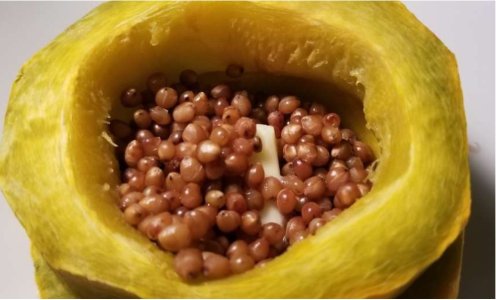Branching Out
Garden Addicted
Sorghum will be a new crop for me this year, and after having read through past mentions of it in various threads I still have so many questions about it. I am hoping that some of you who have grown it before might be able to offer suggestions. The varieties that I will be planting are Ba Ye Qi from Adaptive Seeds, and Ellen's Red from Quail Seeds-- both grain sorghum from what I understand.
1. Do you have to wait for really warm weather to sow it, and has anyone had success starting it early indoors for transplanting? Does it germinate readily?
2. Is site selection similar to that of corn, with nutrient rich soil and room for it to grow crazy tall without shading other plants?
3. Prairie Road Seeds suggests growing pole beans up sorghum stalks, which would imply that it has really strong stalks that don't lodge. Has anyone ever tried this, and lived to tell the tale? And if so, what might the timing look like if beans and sorghum were planted as companions? Would the sorghum need a few weeks head start?
4. Once established is it drought tolerant to the extent that it won't need watering, as with dry farming?
5. Some of the garden space that I work in belongs to my neighbours. Will they be provoked if I plant this in their yard? In other words, any big downside to this crop? It sounds really intriguing.
6. How do you terminate it in the autumn? Will I need super human strength to cut down the stalks?
Any tips, hints, or insights that you can offer would be most appreciated!
1. Do you have to wait for really warm weather to sow it, and has anyone had success starting it early indoors for transplanting? Does it germinate readily?
2. Is site selection similar to that of corn, with nutrient rich soil and room for it to grow crazy tall without shading other plants?
3. Prairie Road Seeds suggests growing pole beans up sorghum stalks, which would imply that it has really strong stalks that don't lodge. Has anyone ever tried this, and lived to tell the tale? And if so, what might the timing look like if beans and sorghum were planted as companions? Would the sorghum need a few weeks head start?
4. Once established is it drought tolerant to the extent that it won't need watering, as with dry farming?
5. Some of the garden space that I work in belongs to my neighbours. Will they be provoked if I plant this in their yard? In other words, any big downside to this crop? It sounds really intriguing.
6. How do you terminate it in the autumn? Will I need super human strength to cut down the stalks?
Any tips, hints, or insights that you can offer would be most appreciated!

